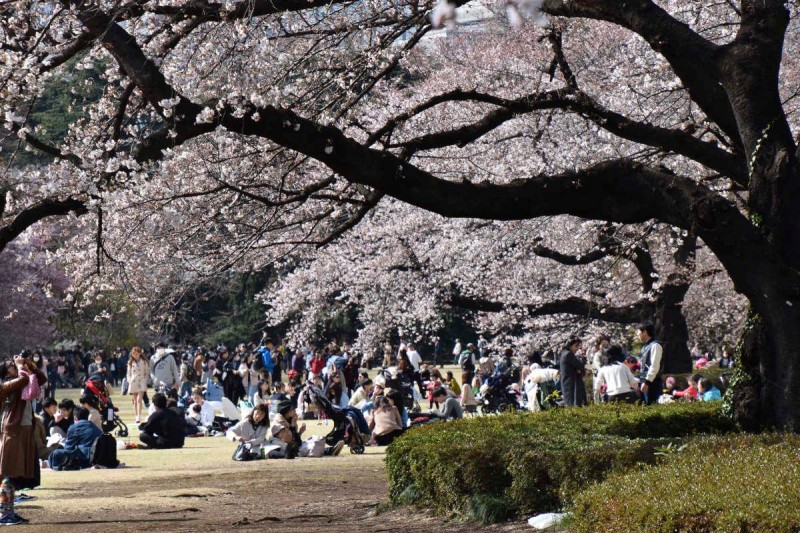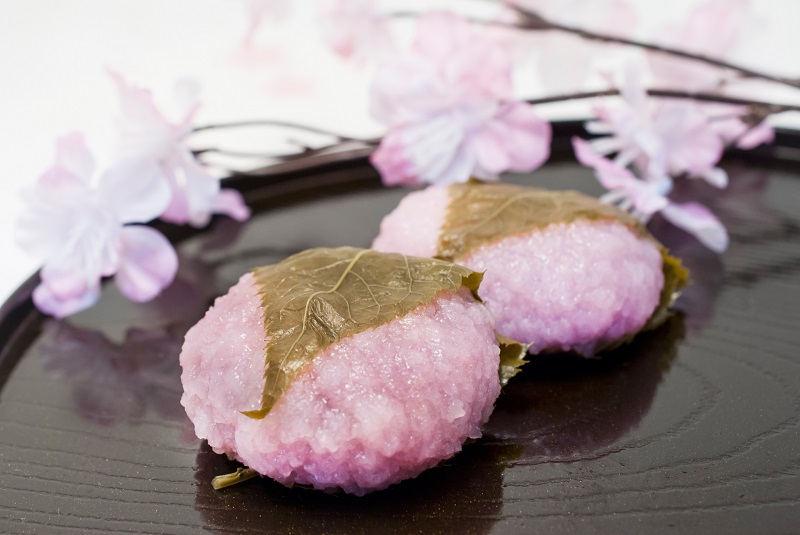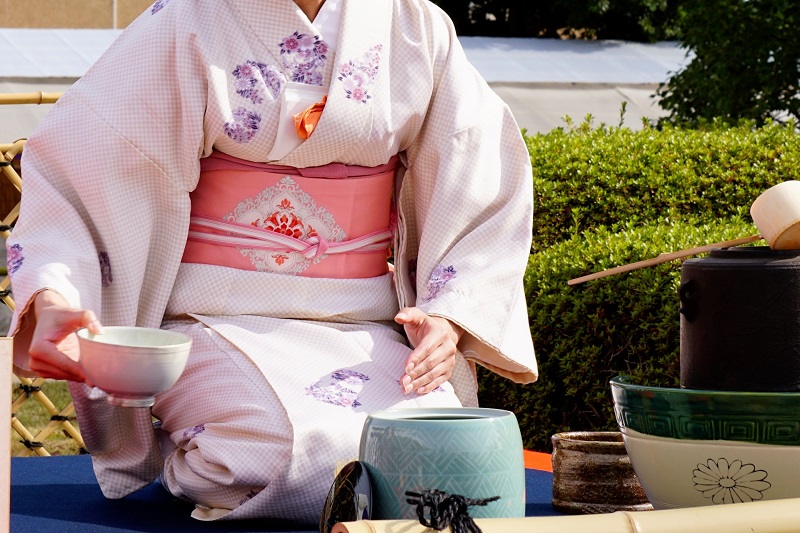RYOKANS providing rooms with private open-air baths

450+ best luxury ryokans in Japan, private hot spring, open-air bath, search by views - Selected Onsen Ryokan

Spring is the season of cherry blossoms, or “sakura” in Japanese. Many people may call up the image of sakura when thinking about flowers in Japan.
Sakura in Tokyo typically reach full bloom in early April, but they are gone very soon. They bloom for a few days, then all the petals will fall to the ground. The petals scatter in a way like blowing snow, so Japanese people describe the falling sakura petals as a “snowy dance of sakura” or “hanafubuki” in the Japanese language.
 Photo: Shinjuku Gyoen National Garden (Tokyo)
Photo: Shinjuku Gyoen National Garden (Tokyo)
During the sakura season, people have sakura viewing parties called “hanami” everywhere. Hanami can be held day or night. Families, friends or colleagues gather to enjoy looking at flowers. The bloom conditions in different parts of the country are announced in television news programmes every day. Apart from full bloom, people also love the unique beauty of different blooming status, like half bloom or seventy-percent bloom.

We also have sakura-themed tea parties in Japan. The most famous spring confectionery is sakura rice cake (sakuramochi), which has numerous varieties, depending on the region or shop.

You might want to wear sakura-patterned kimono in this season, but the most gracious kimono with the most gorgeous sakura patterns are no match for real-life sakura in front of you. There is an unspoken rule that one should not wear sakura-patterned kimono during the peak bloom period. This reflects a Japanese aesthetic called “iki” (chic).
That said, I do think that a person is free to choose one’s own way of enjoying sakura. Please get the most from this season at will under cherry trees in full bloom.
Soka Nakaokubo, professor of the Omotesenke School
(表千家教授 中大窪宗佳)